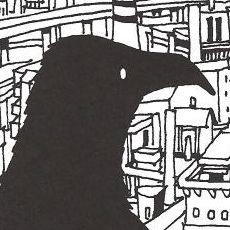Tag: junji ito
-
Feel like being scared?
Read More →: Feel like being scared?I’ve been going through a lull in blogging lately. Although I’ve been trying hard (and succeeding, surprisingly!) to keep up with a certain trio of currently airing series, I’ve also been feeling quite passive, too. Even still, the desire to trudge on with this whole writing thing has never left me, so, thank you if…
-
Spiralling into insanity, looking at Junji Ito’s horror manga Uzumaki
Read More →: Spiralling into insanity, looking at Junji Ito’s horror manga UzumakiI’ve been reading a lot of manga lately. In the past, I’d go through brief fits of reading the stuff, but it always felt temporary, like a fling while my romance with anime hit the buffers. This time, it’s totally different; I’m ready to devour as much as I can find. By and large, anime…
-
Creepy horror manga? The Enigma of Amigara Fault is the answer
Read More →: Creepy horror manga? The Enigma of Amigara Fault is the answerHalloween is fast approaching and it’s time to indulge in some frightful Japanese horror. Sadly, it’s not a genre that translates well to anime and manga, but having recently discovered the abnormal works of manga-ka Junji Ito, there may well be hope for us yet. This time I’m talking about the claustrophobic “Enigma of Amigara…
